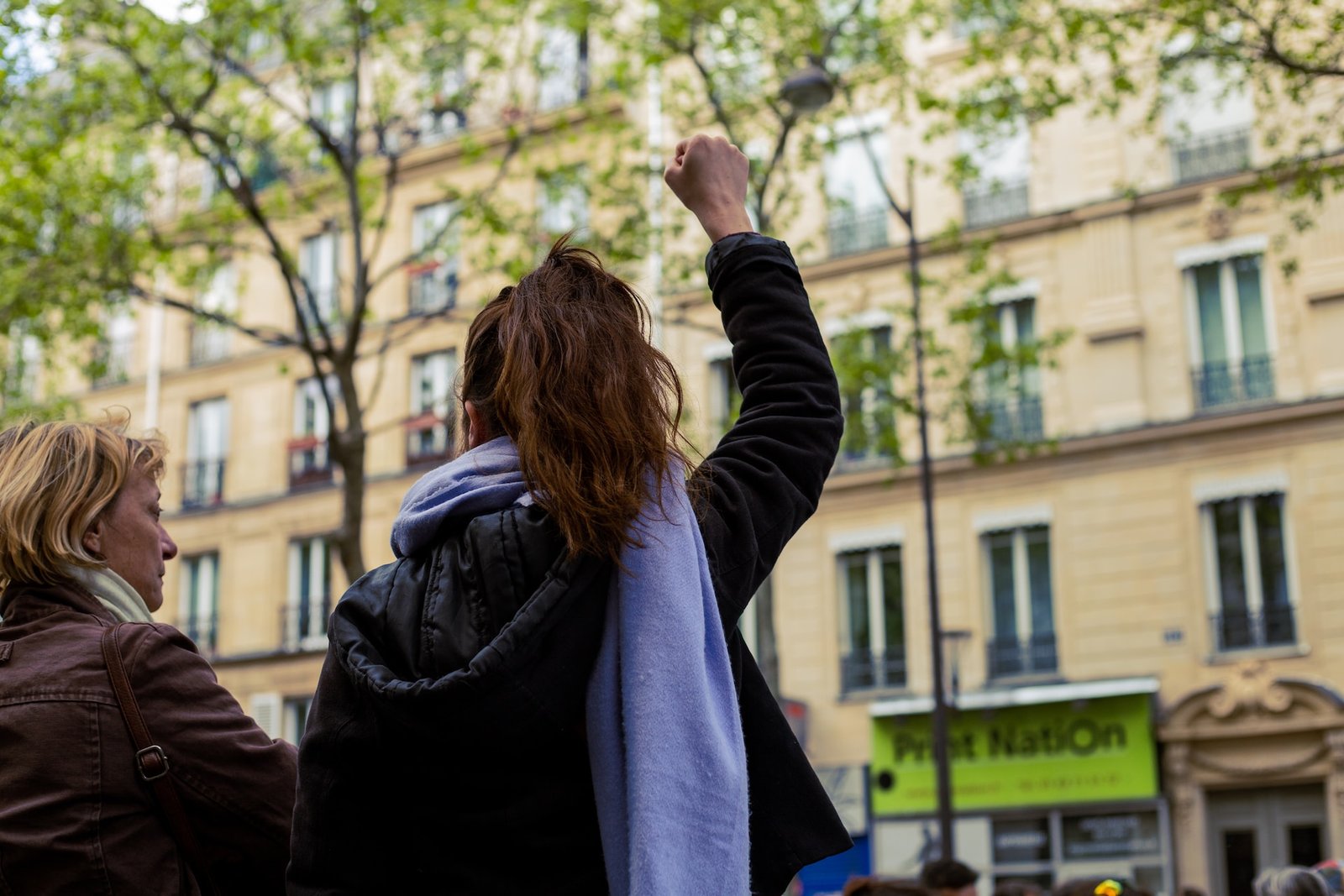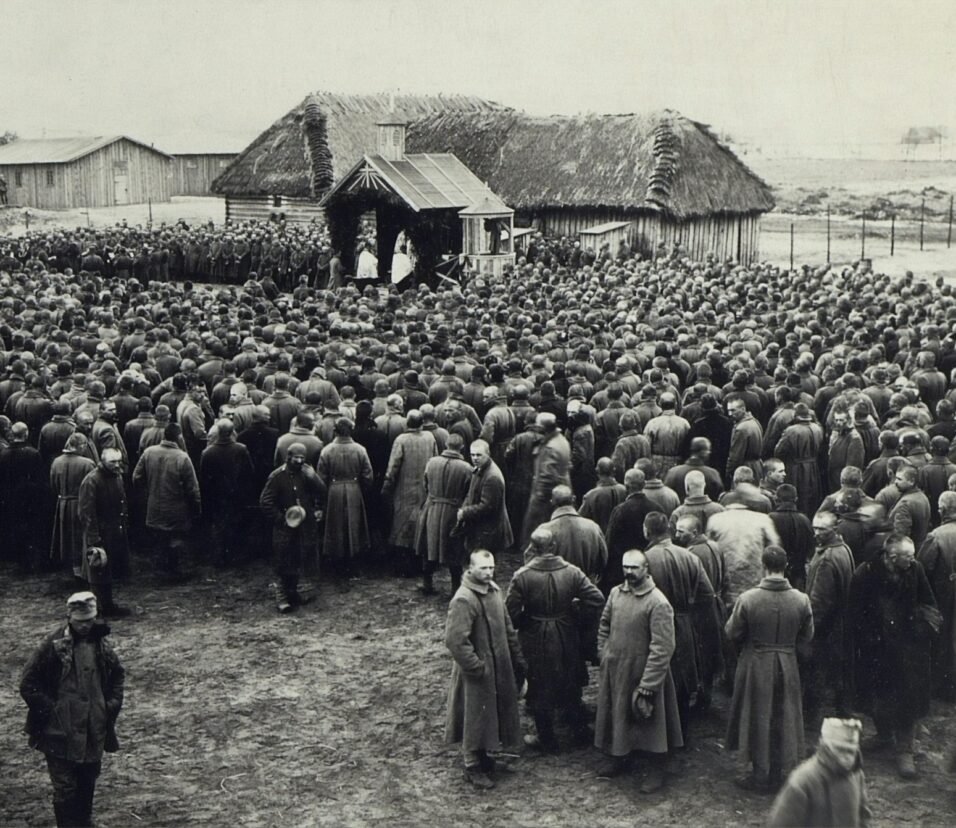The First Red Scare & Red Summer
As the 20th century dawned, America found itself grappling with waves of change—politically, socially, and culturally. At the heart of this transformative era were two closely linked phenomena: the First Red Scare and the Red Summer. Both events, intertwined in their causation and impact, reflect America’s tumultuous journey in defining its national identity amid global shifts.
Understanding the First Red Scare: Origins and Catalysts
In the wake of World War I, the Bolshevik Revolution in Russia in 1917 gave rise to the world’s first communist state. With its intent to spread the proletarian revolution globally, many in the U.S. grew fearful of communism’s perceived threat to American values and capitalism.
Consequently, this fear took root in the American psyche, and “Reds” became a term synonymous with radical leftists or anyone suspected of harboring communist or anarchist views. Moreover, the influx of immigrants, many from Eastern Europe and Russia, fueled xenophobic anxieties. The idea that these newcomers could import radical ideologies to American soil further exacerbated tensions.
Key Incidents Sparking the Scare
Several events intensified the fear of radicalism in the U.S.:
- The Mail Bomb Campaign: In 1919, several prominent political figures received mail bombs. Though most didn’t detonate, the intent was clear—to kill or maim targets seen as suppressing labor rights or leftist ideologies.
- The Seattle General Strike: In February 1919, over 60,000 workers staged a five-day general strike in Seattle. Though peaceful, the mere demonstration of worker solidarity and power sent shockwaves of fear through the capitalist establishment.
With these incidents as a backdrop, the government, under the leadership of Attorney General A. Mitchell Palmer, initiated a series of raids—known as the Palmer Raids—to arrest and deport suspected radicals.
Red Summer: Racial Tensions Ignite
While the nation grappled with its fear of radicals, 1919 also witnessed heightened racial tensions, culminating in a series of violent events termed the “Red Summer.” More than 25 race riots erupted across the U.S., resulting in significant fatalities, particularly among African Americans.
Several factors contributed to these racial confrontations:
- The Great Migration: Many African Americans migrated from the rural South to the urban North in search of better opportunities and to escape Jim Crow laws. This migration led to increased competition for jobs and housing, creating friction between white and black communities.
- Post-War Tensions: World War I had just ended, and many African American soldiers returned home with heightened expectations of equality, having fought for democracy abroad. Unfortunately, they were met with the same racial prejudices.
- Media: Sensationalized news stories often painted African Americans as aggressors, further igniting racial animosities.
Cities like Chicago, Washington D.C., and Elaine, Arkansas, became flashpoints for this racial violence. In Chicago, for instance, a young African American boy’s drowning after crossing an invisible racial line at a beach led to days of violent clashes between black and white residents.
Interlinking of the Red Scare and Red Summer
While on the surface, the Red Scare and Red Summer might seem unrelated, they were intricately connected. The general atmosphere of suspicion, fear, and reactionary aggression prevalent during the First Red Scare also exacerbated racial tensions. Both events underscored the deep divisions and anxieties present in the U.S. during this period.
Aftermath and Reflection
Post-1919, America slowly emerged from its immediate fears. The Palmer Raids faced legal challenges, and public opinion turned against such heavy-handed tactics against suspected radicals. The Red Summer, too, left an indelible mark. It sparked greater organizational efforts among African Americans and became a rallying cry for civil rights.
Economic Insecurities and Their Role
Following World War I, the U.S. economy underwent a period of readjustment. Many industries that had boomed during the war experienced downturns. Moreover, soldiers returning from the waterfront added to the already swelling labor force, leading to competition for fewer available jobs. Such economic insecurities often intertwine with societal fears, providing fertile ground for the mistrust of ‘the other’, be it radicals or racial minorities.
Literary and Artistic Responses
This turbulent era inspired numerous artists, writers, and thinkers. Literature from this period, notably Sinclair Lewis’s “Main Street” and F. Scott Fitzgerald’s works, captured the zeitgeist of the times, highlighting societal contrasts. The Harlem Renaissance, a profound literary and artistic movement, emerged partly as a response to the racial animosities of the Red Summer. Artists like Langston Hughes and Zora Neale Hurston gave voice to the African American experience, painting vivid pictures of their communities’ struggles and dreams.
The Role of Law Enforcement and Authorities
The response of law enforcement agencies during these tumultuous times varied but often exacerbated situations. During the Palmer Raids, government agencies overstepped their bounds, detaining individuals without proper evidence and sometimes resorting to torture to extract confessions.
Similarly, during many of the Red Summer riots, police forces were accused of siding with white mobs against African Americans, further fueling distrust and resentment within black communities. The events of this period laid the groundwork for future civil rights struggles, with organizations like the NAACP stepping up their campaigns against racial violence and discrimination.
Foreign Influences and Their Impact
World War I reshaped global politics. The Bolshevik Revolution and the subsequent establishment of the Soviet Union sent ripples of concern across Western nations. The spread of communism was viewed not just as a political movement but as a direct challenge to the American way of life. This international backdrop amplified domestic fears of radicalism. American authorities were constantly on the lookout for foreign influences, often linking labor movements and civil rights demands to supposed international communist conspiracies.
Conclusion
The First Red Scare and Red Summer, though separated in most history textbooks, were emblematic of the U.S. grappling with its identity in a rapidly changing world. The challenges and fears of 1919 echo in various ways even today, reminding us of the persistent struggle for equity, understanding, and unity in the face of divisive forces. As we navigate our contemporary challenges, understanding these historical events can offer insights into building a more cohesive and inclusive future.







